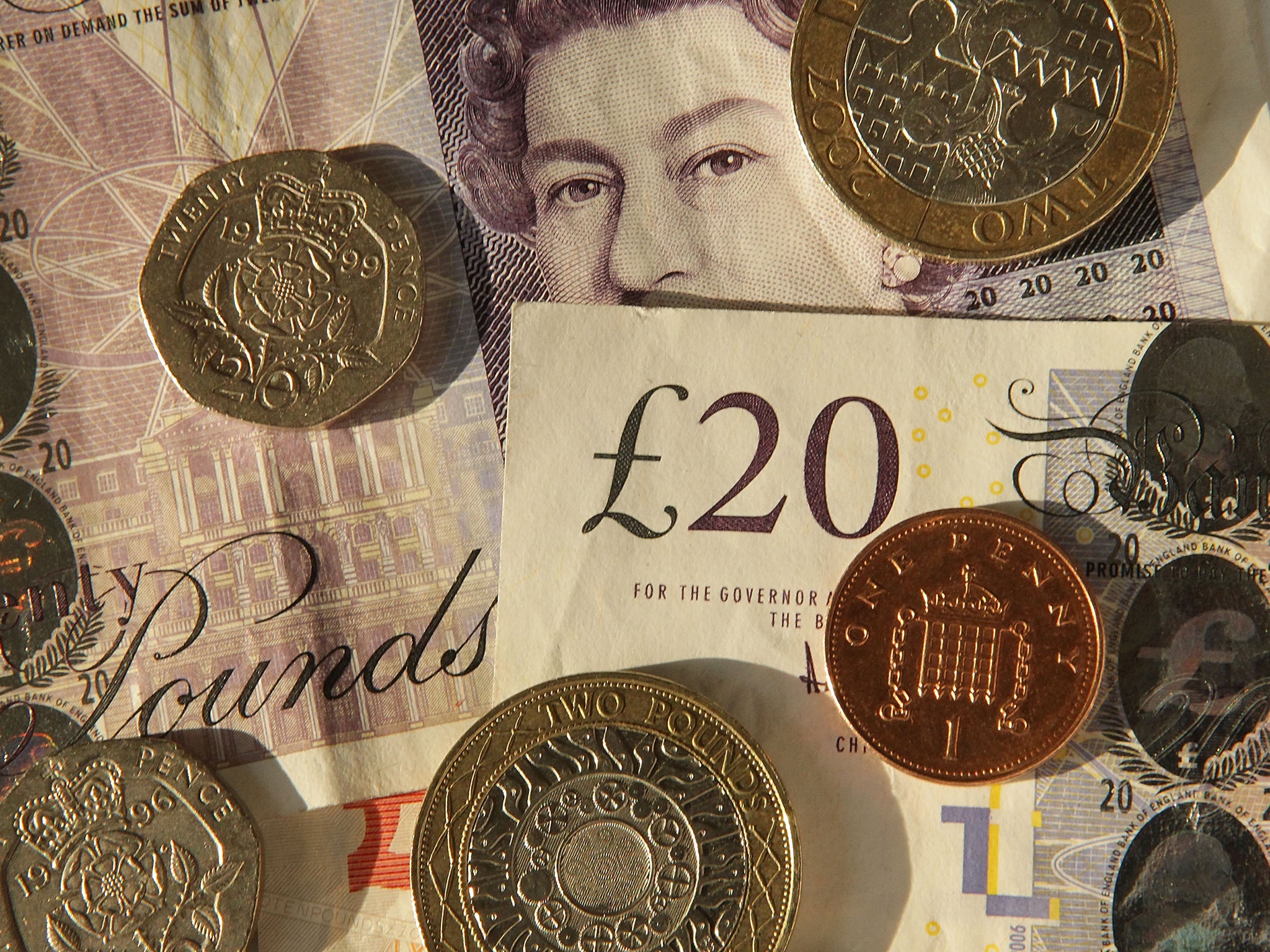What goes up must come down – even, eventually, sterling
The strong pound is great for Britons abroad, but it's bad for trade. And then there are interest rates...

It has been a good summer for the pound, or indeed for Britons heading abroad. The pound ended the week above $1.56, which is decent enough, though far short of the levels before the financial crash of 2008. But against the euro it is around €1.41, pretty much the best level since late 2007. For anyone going to Europe these are good times.
But good times for holiday-makers are not necessarily good times for British industry, particularly manufacturing, and our trade deficit – even adding in our surplus on invisible trade – is running at around 4 per cent of GDP. Exchange rates are driven by many things, but in the short-term at least, relative interest rates are a key factor. The first rise in US interest rates is almost certainly going to happen this year, maybe as soon as September. Given that UK rates will also increase long before eurozone ones, the prospect is that the pound will get even stronger against the euro, though maybe not against the dollar, in the months ahead. Will the pound become too strong for comfort?
It is hard to give a definitive response to that. Sudden extreme movements can certainly be damaging. Right now, the sudden rise in the Swiss franc that followed the end of the peg that the Swiss National Bank (SNB) had maintained until January this year has damaged the economy there. It shrank in the first quarter of the year. The increase in the franc also meant the SNB lost money on the country’s reserves, pushing it into its first loss, as revealed on Friday. It is damaging, too, to border regions, where people can drive a few miles for a cheaper deal, and to tourism, which seems to be particularly price sensitive.
That price sensitivity, by the way, will be important to great swathes of southern Europe this summer, which look like being greatly helped by spending by British tourists.
But tourism apart, it seems that exchange rates are not nearly as important in determining export success as they were a couple of decades ago. In the early 1990s, the ejection of the pound from the European exchange rate mechanism was one of the key factors driving the recovery. This time round we also devalued, but without nearly as positive an effect on growth of exports. As a result our own recovery had to be home-grown, and took longer to get going.
In physical trade there are at least three reasons why exchange rates matter less than they used to. One is that manufacturers have got used to them leaping about. So they tend to diversify production and where possible match it to markets. If rates move, what they lose on higher production costs they gain on higher sales revenues.
The second is that goods trade more on quality and service than on price. If you want to make something cheap you have it made in east Asia. But if you are a high-cost producer, as is most of Europe, you have to justify those higher costs by being better on service and support. Germany’s car industry is a case in point. VW has become the world’s largest car manufacturer by following these two practices of diversification and quality.
The third reason is that even in manufacturing most of the value added is in design and marketing, plus organising manufacturing, rather than actually manufacturing itself. So iPhones are conceived and designed in California but made in Asia. The competitive advantage of the West is in conception and design rather than manufacturing, or at least mostly so.
On trade in services, travel and tourism apart, exchange rates seem to matter very little. Last year, Britain achieved its largest trade surplus on financial and professional services ever, £71bn, the largest in the world – larger than the next three countries put together, and a key element in covering our widening trade deficit in physical goods. But we are not a low-cost producer, indeed judging by what people are paid, we’re an extremely high-cost one. I don’t think there is an easy explanation for this, except perhaps that in some services there is a winner-takes-all phenomenon: better to pay top whack to your lawyers and have them win, than go to less good (cheaper) ones and have them lose.
Nevertheless, it is difficult not to feel twitchy about the dangers of an over-strong currency. We are not there yet, and the pound is still more than 5 per cent below its average level in the early 2000s. But a continued strong economic performance, coupled with the prospect of higher interest rates and the attraction of the UK as a safe haven for investment, is likely to push the pound higher. It is a better problem than the alternative, of a collapsing currency. But if the long boom that led up to the crash should have taught us anything, it is to beware over-confidence. It is not quite that the strong pound has feet of clay; more that it is a mixed blessing while it lasts, and it will not last for ever.
Subscribe to Independent Premium to bookmark this article
Want to bookmark your favourite articles and stories to read or reference later? Start your Independent Premium subscription today.

Join our commenting forum
Join thought-provoking conversations, follow other Independent readers and see their replies